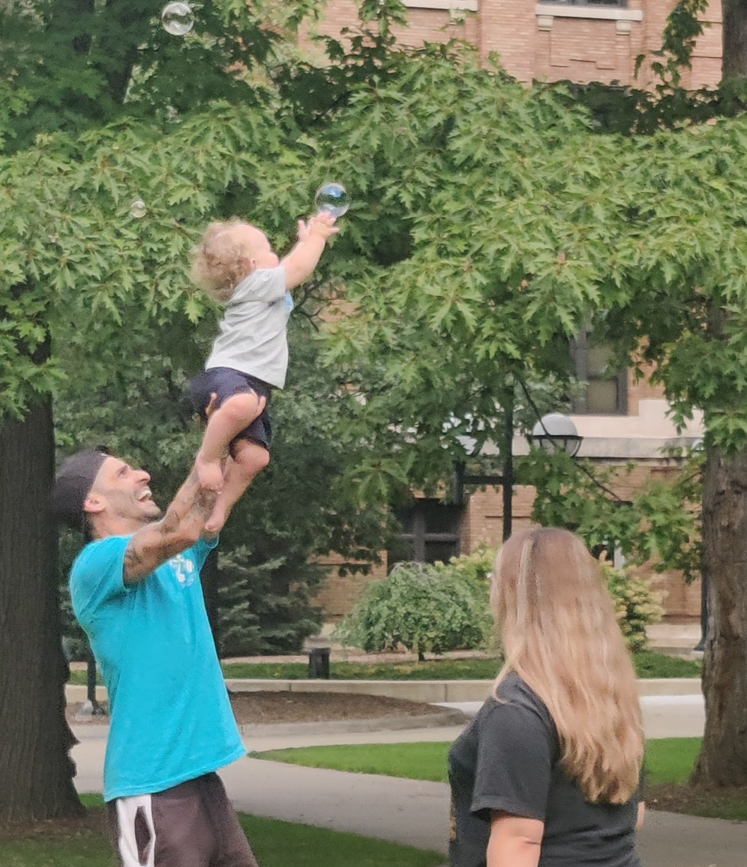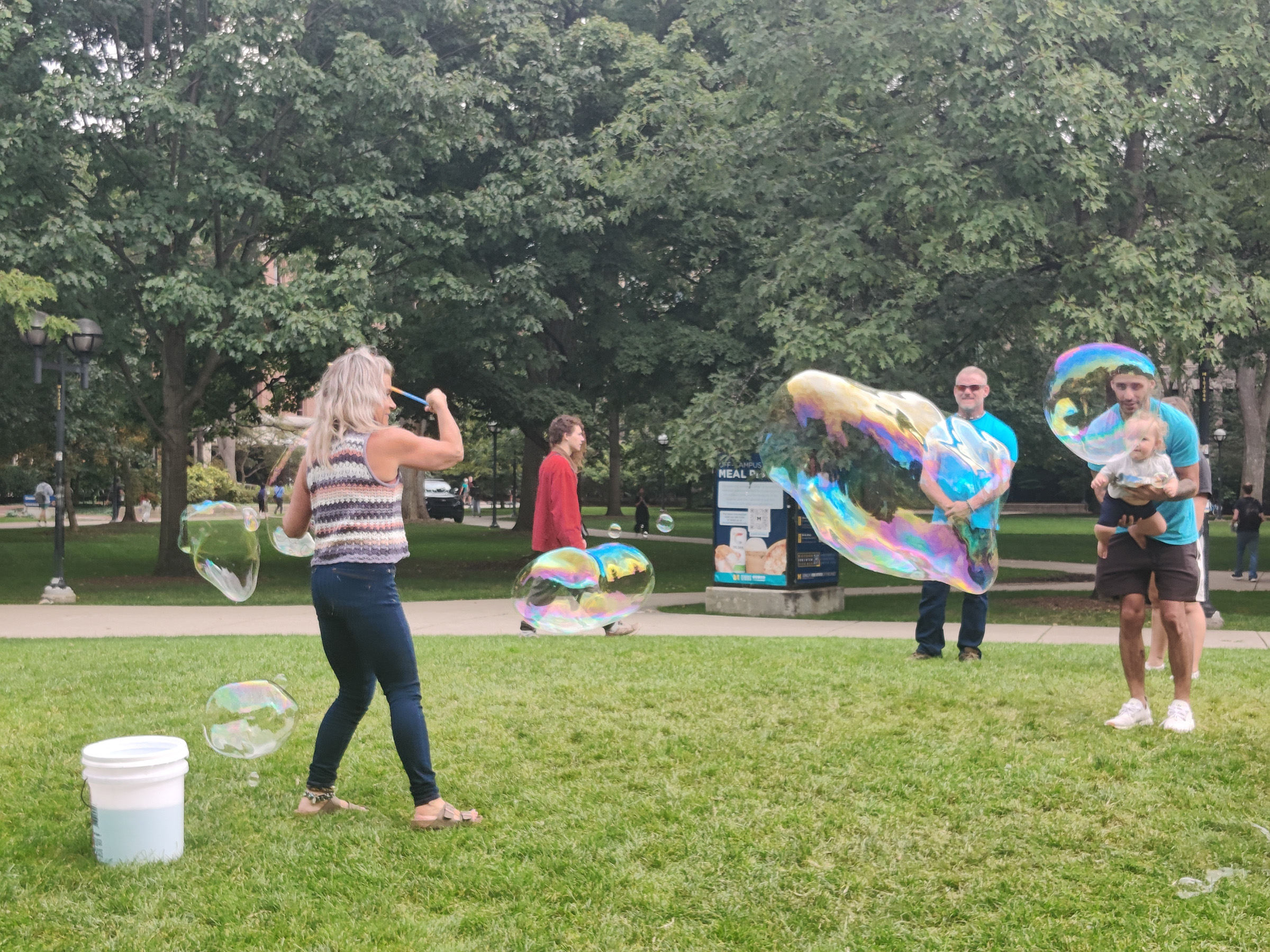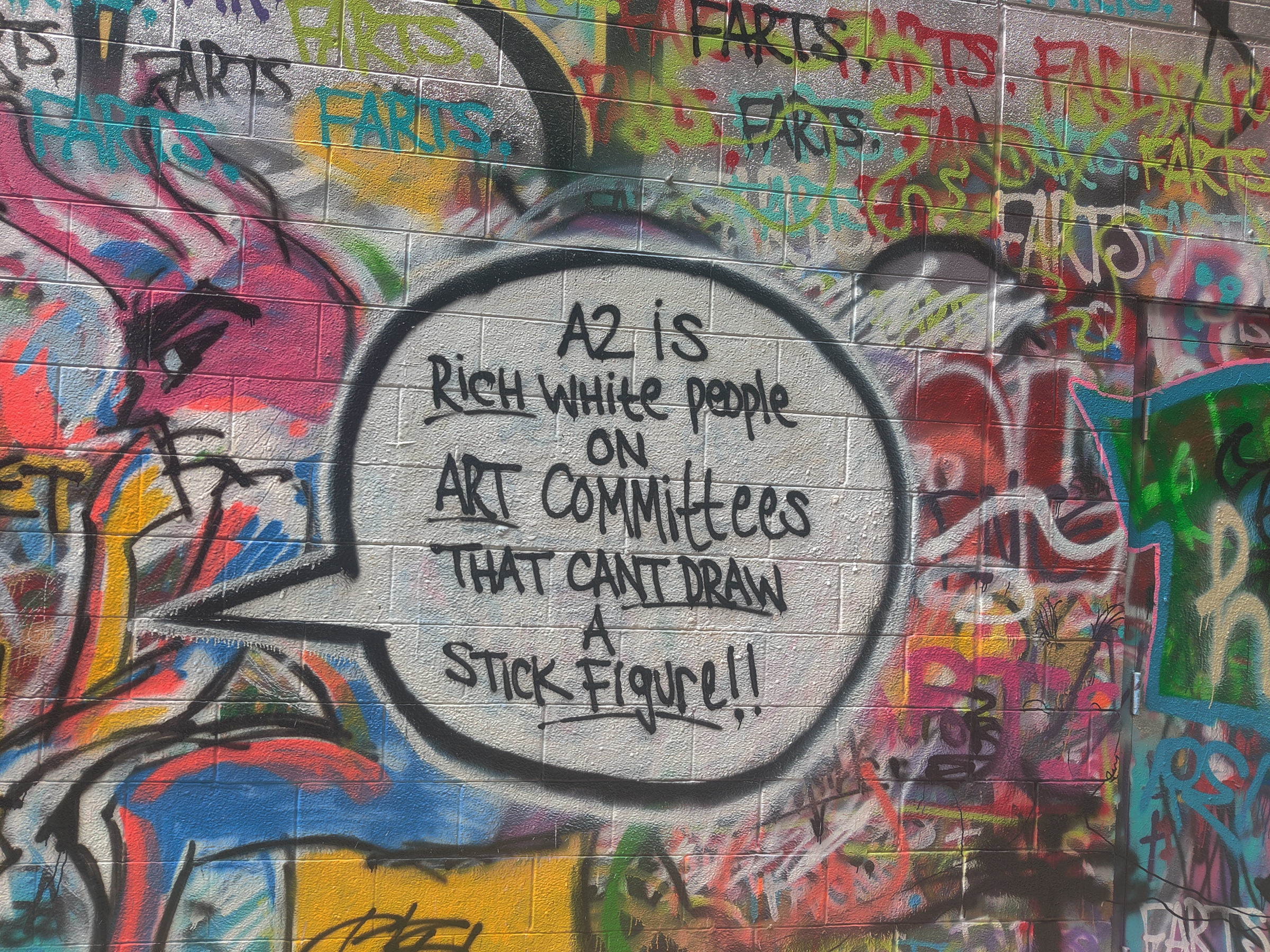We arrived in Český Krumlov in the afternoon. We were delighted by the fine weather, the sparse crowds, and the stunning view from the high bridge. The red-tiled roofs, church spires, and intricate Baroque facades looked especially picturesque in the evening light.
In ancient times, this was an ideal location for a town, as the Vltava River makes a sharp bend here, forming a peninsula protected by water on all sides. A high cliff conceals a small isthmus. Local feudal lords chose this cliff for the construction of a castle. Rather than waste time and money on building walls and moats, these enterprising people adapted the natural terrain to their needs. Chronicles record that the town flourished, and its residents were generally wealthy. The ruling dynasties lived lavishly and tastefully, encouraging science and the arts, and in the 17th century, they built a beautiful theater. It is one of two well-preserved Baroque theaters.
The next day, we bought a ticket for a theater tour. We were amazed not only by the luxurious sets but also by the complex mechanisms that made them move.
Another tour took place at a castle. I must say, I've never seen a more ugly castle. It's simply a massive parallelepiped with a high roof perched on top of a cliff. We've seen a lot of castles and have something to compare it to.
But there is a beautiful three-tiered covered bridge, along which the owners and their guests could get to the theater and the garden.
Incidentally, the castle looks much better from the inside than from the outside. That is, if you like the "expensive and opulent" style of decoration: bearskins on the floor, gilded carriages, and so on. In short, it became clear why the last family to own the castle, the Schwarzenbergs, chose to move from here to the nearby castle of Hluboká nad Vlavou.
We spent a lot of time exploring the city that day. A guy named Yan gave us a free tour of the city, telling us about the lives of ordinary citizens. We enjoyed this tour the most. Not because it was free, but because it was conducted in excellent English, with a good sense of humor and a keen knowledge of history. And even though Yan advertised his father's restaurant and the tour participants chipped in at the end, we forgave him.
If you're in Český Krumlov, we highly recommend booking a tour: Wiseman Free Tour.
The guide explained that during communist rule, new high-rise buildings were built across the river, while the old part of the town fell into disrepair. It was only in the late 1990s, when UNESCO placed Krumlov under its wing, that the city authorities began to allocate funds for restoration. Now Český Krumlov is a popular tourist destination. We saw this for ourselves when, around one o'clock, the bridge and the narrow ancient streets suddenly became crowded. Numerous tour buses arrive from Prague for the day. Tourists come not only from Europe but also from Asia and other far-flung corners. Incidentally, our companions on Jan's tour included Australians, Canadians, a Japanese couple, and a Malaysian couple.
We were also pleased with the prices in restaurants and souvenir shops. For example, the same dish—"pork knee"—cost twice as much in Austria, an hour's drive from Krumlov.
So, friends, don’t hide your money in banks and corners, but go to Bohemia and live a little bohemian life.






